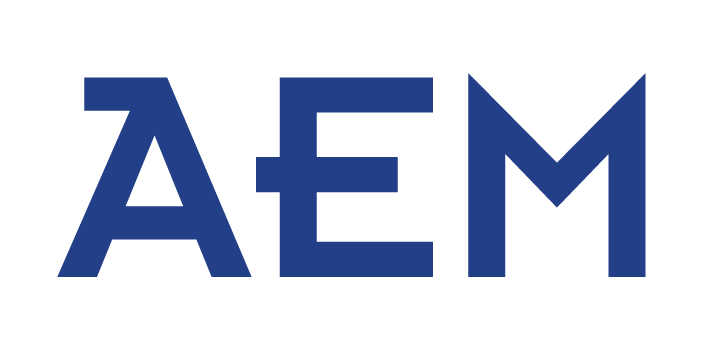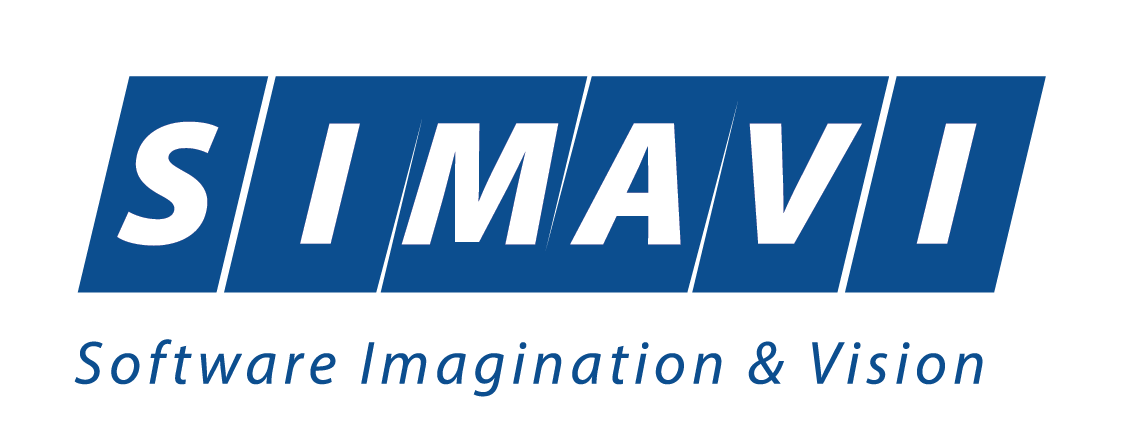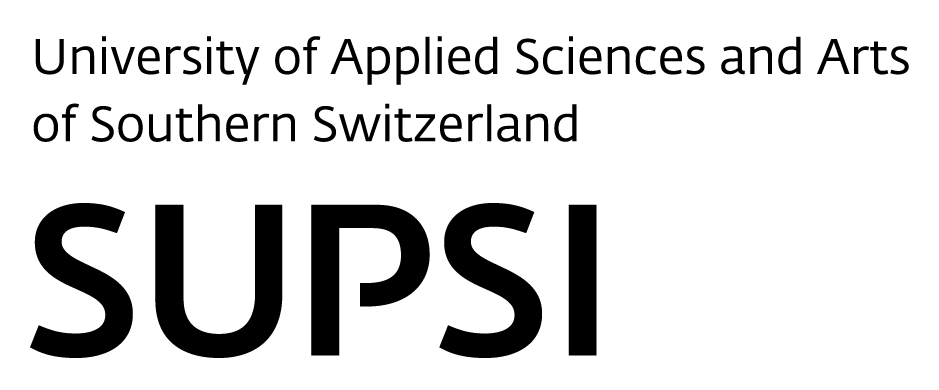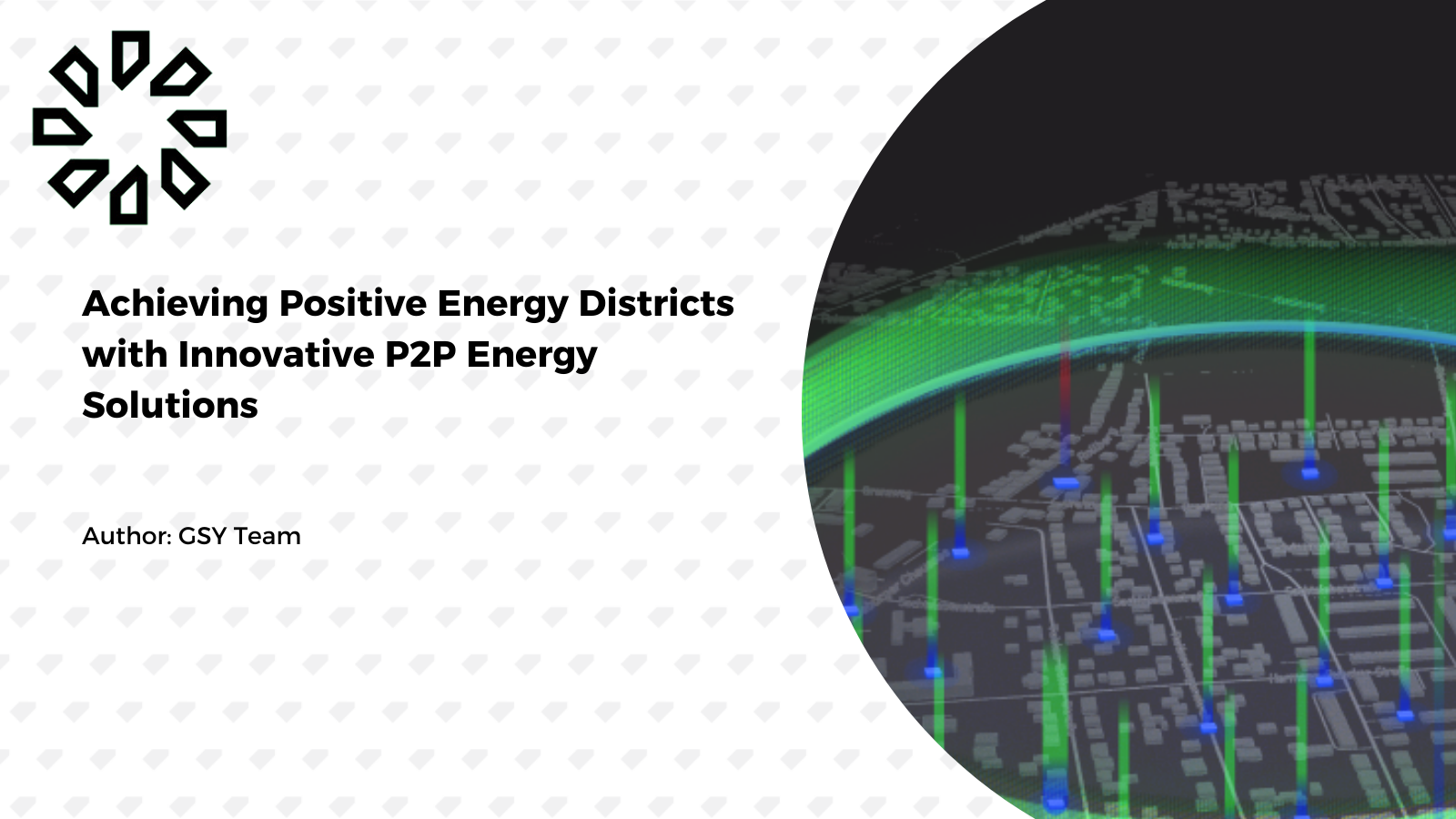The Role of Regulations and Data Access and Interoperability Standards
Positive Energy Districts (PEDs) : the Legal Conundrum
Positive Energy Districts (PEDs) constitute a strategic commitment of the European Union that is still devoid of a legal definition. Nonetheless, considering that the objective is to achieve “net zero greenhouse gas emissions and actively manage an annual local or regional surplus production of renewable energy”, it is evident that PEDs rely on interconnected local and flexibility energy markets to efficiently manage the increasingly distributed energy resources. PEDs can only be achieved pursuant to a bottom-up energy market design, which in turn requires a wider scope of application of EU directives relating to energy communities than the one currently in implementation by the EU member states.
For a policy that aims to strengthen citizen engagement, the relevant EU nomenclature is too confusing at present. There are different legal definitions for citizen energy communities, renewable energy communities and energy sharing, with boundaries posed based on geography, type of participants or applicable trading mechanisms in implementation, and a nonunified view of the role of the grid operators in this field, especially distribution grid operators.
To add to the complexity, the term peer-to-peer energy trading has been distorted to include trading that is not peer-to-peer but rather pool-to-peer (not asset-to-asset but based on aggregated assets) or peer-to-market (trading at a single price at the community level; also termed community trading) or not even trading asset-to-asset but instead referring to an exchange of guarantee of origin certificates or managing power purchase agreements. To be clear, only asset-to-asset energy trading is peer-to-peer energy trading.
Achievement of PEDs requires peer-to-peer energy trading, including trading among assets in different energy communities i.e. inter-community trading, which in turn requires cutting-edge blockchain technology solutions to ensure efficient automation with embedded privacy and security considerations.
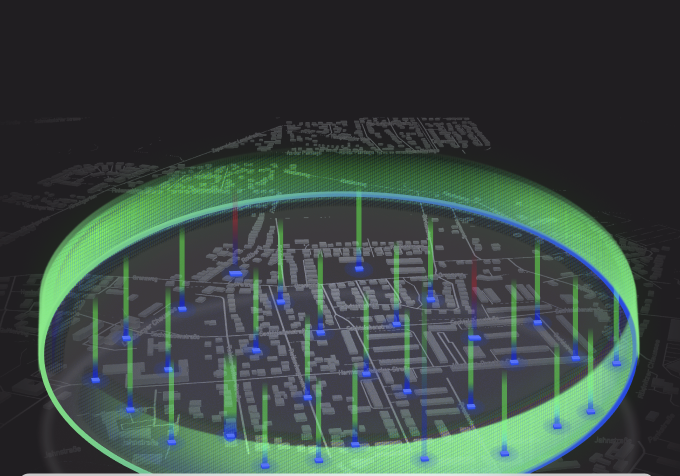
Energy Policy and Standards Reform to Implement Innovative Energy Management Solutions
To effectively implement and scale the innovative, digital distributed energy management solutions, including those developed in the InterPED project such as the Grid Singularity peer-to-peer energy exchange to simulate and operate energy markets, there are several prerequisites in addition to advancing the regulatory framework, revolving around data access and interoperability.
In the 2023 study on “Grid Edge Management Reference Architecture and Policy Recommendations for Interoperability and Resilience”, the United Nations Economic Commission for Europe (UNECE) Task Force on Digitalization has identified the following reference infrastructure requirements to ensure data integration for Distributed Energy Assets (DERs):
- Ease of DER Installation: standardized, transparent, and simplified process for DER acquisition and installation to ensure consumer protection and encourage increased DER investment.
- Submetering Capacity: making available asset-level generation and consumption data to drive interoperability for diverse energy services, and
- Flexibility Registry: providing DERs with identification and standardized interconnection functionality to ensure fair data access and interoperability of different services including grid integration, while maintaining privacy and security.
In its Spotlight Report on Data Sharing by System Operators (2023), the European Business Association smartEn specifies: “Flexibility registers should be bidirectional tools for service providers and system operators, with data access management rights. They should include not only information on the flexible assets but also data on flexibility needs by system operators and detailed information on congestion.”
Furthermore, to enable peer-to-peer energy trading for a more optimal DER use and grid resilience, UNECE has the following recommendations:
- Findings from regulatory testbeds and pilot projects should be reviewed and objectives set for any further testing, supporting the development and accelerating the application of emerging technology to enable local energy trading methods that bring the most benefits to individuals while supporting grid resilience, especially based on peer-to-peer trading, and encompassing not just intra but also inter-community trading.
- Review for applicability national policy from other countries that are specifically made to remove barriers for DERs to compete fairly in the regional organised capacity, energy, and ancillary services markets.
- Explore dynamic tariff model research and implementation to benefit from local flexibility.
The INTERPED project, implemented with the support of the European Union Horizon Europe program, will demonstrate the developed energy management solutions for PEDs in multiple use cases undertaken in collaboration with pilot sites across Europe, which will further inform the regulatory framework to advance the energy transition.
Feel free to connect with us and share your thoughts by following us on LinkedIn and X (formerly Twitter).
Blog signed: GSY Team











